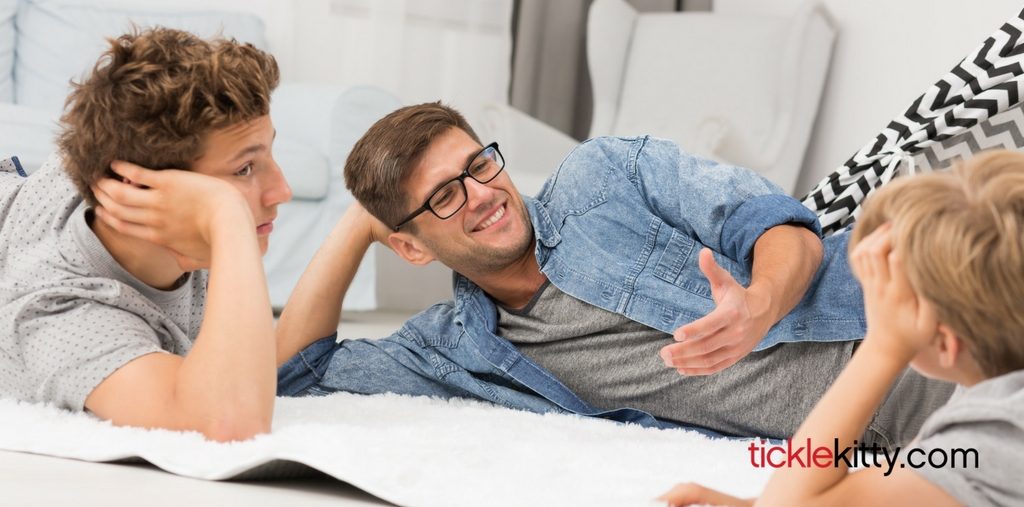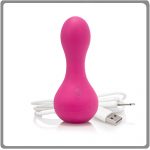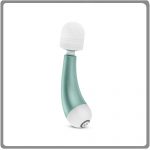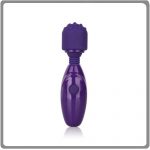The birds and the bees aren’t what they used to be! In a lighting-fast internet culture of easily accessible porn, increasing peer pressure, and misinformed abstinence-only sex education, it’s hard to know where to begin when preparing your kids for a safe, healthy sexual future.
Though some parents have that coveted, BFF-level relationship with their kids, not every family has it so easy. Kids naturally become more aloof and distanced from their parents as they reach adolescence, so it’s important to start the sex talk while they’re young and build their trust in you as a guiding adult. You don’t have to hide their eyes from every movie sex scene or snoop through their online history. Start your kids’ sex education with a foundation in honest, candid information, and they’ll have the decision-making smarts to pick healthy choices as they mature into sexual beings.
Anatomy Lessons
Previous generations often equated anatomy with sexuality. Hence, a lot of girls thought they could get pregnant from kissing, but assumed the pulling-out method was effective birth control. Don’t feel shy when they start to ask about the vagina and vulva or penis and testicles. Start with the basics, and see where the kids steer the conversation. They might know more than you’d expect, or they might be more concerned with imaginary friends and toys, in which case they’re telling you to wait for a better moment to explain how babies are made. In either case, a basic, age-appropriate anatomy book is a good way to test the waters. Let them page through it alone, and then pick it up together to see what connections they’ve drawn. Encourage questions, and never let them leave the conversation confused.
Don’t feel shy when they start to ask about the vagina and vulva or penis and testicles. Start with the basics, and see where the kids steer the conversation. They might know more than you’d expect, or they might be more concerned with imaginary friends and toys, in which case they’re telling you to wait for a better moment to explain how babies are made. In either case, a basic, age-appropriate anatomy book is a good way to test the waters. Let them page through it alone, and then pick it up together to see what connections they’ve drawn. Encourage questions, and never let them leave the conversation confused.
Knowledge Equality
Schools are fond of separating girls and boys for respective talks on menstruation and spontaneous erections. It’s understandable that children might not feel comfortable learning about sensitive topics with the opposite sex in the room. However, make sure they get the other half of the puberty lesson at home. It’s important for boys to understand periods, and for girls to understand the hormonal changes in their male classmates. Let them know that everyone their age will experience these changes as they get older, and that it’s a time to extend empathy and camaraderie to their peers instead of teasing and laughter. Periods and boners are normal, and it’s about time we raised a generation of kids that understood that from the start.
Safer Sex, Safer Teens
Since when has denying teens access to birth control or condoms convinced them not to have sex? Ask your parents and, with a sigh, they’ll probably reply, “never.” If your kids are on the brink of puberty, educate them on safe sex and allow them ample access to various forms of birth control. Make sure they know you’re available for advice without fear of punishment or shame. Explain the physical and emotional commitments required for sex without trying to scare them away with moral judgements. Talk about the importance of consent and caring for your partner’s well-being. Equip teens with the facts, but don’t try to stop them from having sex by grounding them from the weekend party. They’ll just find a way to sneak out later, and they certainly won’t ask your advice on being safe. Giving teens the chance to make their own right decisions instills confidence and foresight into their actions.
Equip teens with the facts, but don’t try to stop them from having sex by grounding them from the weekend party. They’ll just find a way to sneak out later, and they certainly won’t ask your advice on being safe. Giving teens the chance to make their own right decisions instills confidence and foresight into their actions.
Lead with Honesty and Heart
We know, parents—there is no instruction manual for raising kids, and every child needs an educational experience that is tailored to their personality and learning style. No matter what topic you’re discussing, always be honest and show your kids that you’re teaching from the heart. It can sometimes be embarrassing or even intimidating to reveal the truths of human sexuality to impressionable young minds, especially when they’re your own. When you’re unafraid to bare your soul and approach everything from a place of love, kids pick up on that. Even if they don’t always say it, they’ll gain a newfound respect for their parent as a wise, guiding sage, and will forever seek to maintain your trust.
***
Be equipped to educate by using some of these beginner’s toys as teaching tools. You can also try them out for yourself, from TickleKitty.com:
A petite, flexible vibrating wand lets you swirl, zigzag and stretch its velvety surface all over your body’s natural curves, sending deep, rumbly, arousing vibrations into your pleasure centers from every angle … BUY NOW
Nöje (That’s Swedish for Pleasure)
All the power of a full-sized power wand—masterfully miniaturized! Indulge in over-the-top orgasms from this tiny and compact pleasurizer, equipped with 5 tantalizing vibration patterns and 5 speed settings … BUY NOW
Tease your clitoris with the gentle vibrations of the two humming silicone tips on this palm-sized perfect-for-travel vibrator. It’s a small pleasure toy that guarantees big orgasms … BUY NOW
Come enjoy the buzzy touch of this super-easy vibrating plaything. No bells. No whistles. One button. Three speeds. No instruction manual. Just orgasm after sensational orgasm … BUY NOW







Autocorrect changed “rape” to “take” in the first sentence.
I might also mention that this needs to go down early, since sexual assault and take has been known to happen as young as 4 years old. My older daughter is seven, and she’s understood the anatomy involved for several years. I plan to discuss the mechanics this year because I want her to understand the reason why we’ve educated her on inappropriate touching and private parts…not just that private parts exist and that, mysteriously, they work together to create babies (in hetero cis couples, anyway).
Way to go John! Agreed, the earlier the better. More parents should take your approach!